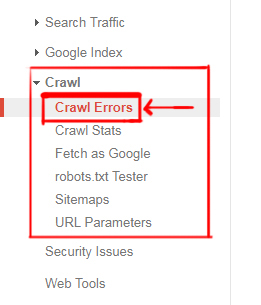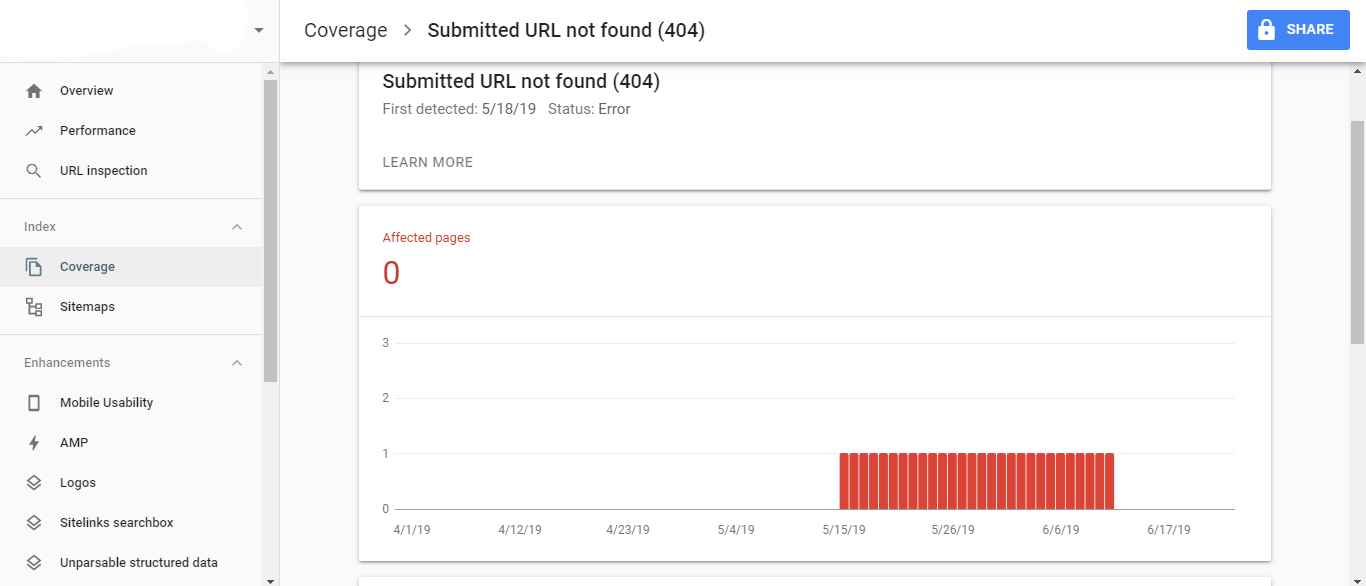In this blog, we will be learning about, ‘How to increase website authority’. I am Lalit Adhikari and we are at LTY. Let’s get started.
Related Topics:
Introduction
The first thing that you need to focus on is ‘how to grow your website authority without getting any new back-links’ which I will explain to you in detail.
But first, you need to understand why you should be putting efforts to acquire back-links in the first place?
So, the main objectives to acquire back-links are:
- Increase your individual keyword ranking.
- Increase your organic search traffic.
- Increase your overall website authority.
- And to get relevant and qualified traffic.
In above all those points, the third number is the most important objective of link building. Because when your website is more authoritative, then it becomes easier to rank.
That means you won’t need as many back-links. Now, this point might sound a bit counter-intuitive. But let’s focus on the classic examples of the website like Forbes, which publishes an article and it ranks on the second or first page of Google without any back-links.

This is the power of high website authority.
And since you don’t need so many back-links to rank, you’ll gradually reduce your overall SEO cost because link building is one of the most costly and time-intensive parts of the SEO campaign.
Related Topics:
- Create high quality content for blog
- List of Websites for Royalty Free Images
- List of websites for Royalty Free Raw Images
Fixing the redirect chains
A redirect chain occurs when a redirect is redirecting to a redirect.

In this above image page 2 is acting as a buffer between page 1 and final destination or the page 3. This issue is robbing page 3 of its potential authority. To fix this, you need to redirect page 1 to page 3.

By fixing a redirect chain, you are sending and link equity directly to the page that you want. This method is far more effective than making a link equity pass through a buffer (which is page 2).
There are many ways through which you can find redirect chains. One of the examples is by using software like Wild Shark SEO spider tool.
You can start the analysis of your website by simply entering the domain. It will tell you about Title, Meta description and duplicate content issues.
It can also tell if your Meta description is too long for your search results. This tool also looks for broken links and image ALT tags.
Leverage the pages which have existing authority
This is particularly effective when you publish a new page you want to rank in Google.
That’s because these internal links will send link equity to the new page which will give a nice authority boost out of the gate. You can take the help of SEM rush for doing that.
You can also track what anchor text you’ve used in the day you added the internal link. That way you can backtrack and quantify your actions.
As far as anchor tags, you should mainly use exact match or partial match of your internal links. I also recommend auditing your existing internal link anchor text, because many websites do not use internal links effectively.
Reclaiming lost link equity from 404 pages
The third method to grow your website authority is to reclaim lost link equity by fixing 404 errors. You can use Google Search Console to find 404 errors.



For doing this go to the crawl section, click on ‘Crawl Errors’ and select ‘not found’.
Now, you can analyze these 404 errors in tools like SEM rush.
If you find 404 pages with existing back-links then you should redirect them to the relevant page on your site or to the home page if a relevant doesn’t exist.
Consolidate Similar Pages
The fourth method to grow your website authority is to consolidate similar pages.
One of the biggest SEO content mistakes is creating multiple assets around very similar keyword phrases. This leads to keyword cannibalization and generally made your SEO campaign harder than it needs to be.
So, to nullify this consolidation technique comes into play. This is a process of consolidating similar content into a single ‘mega assets’.
Going through this process has a wide array of benefits such as:
- Increased word count: Consolidating assets will naturally increase your word count which is often correlated to better rankings in Google.
- Deeper Content: Spreading your knowledge across multiple posts usually produces thin content. Therefore, consolidating content will produce the opposite effect.
- Eliminates Keyword Cannibalization Issues: Keyword cannibalization means two or more pages target very similar keywords forces Google to choose which one is the best. So instead of taking a risk, you can just consolidate these assets to eliminate that possibility altogether.
- Easier Content Promotion: It is easier to acquire back-links and promote a single content. People are more likely to link to super valuable and in-depth resources than to a thin content asset.
And lastly, you can annotate all these actions in Google Analytics to measure the performance of your new asset.









So Helpful Article, Keep Growing.
Good post